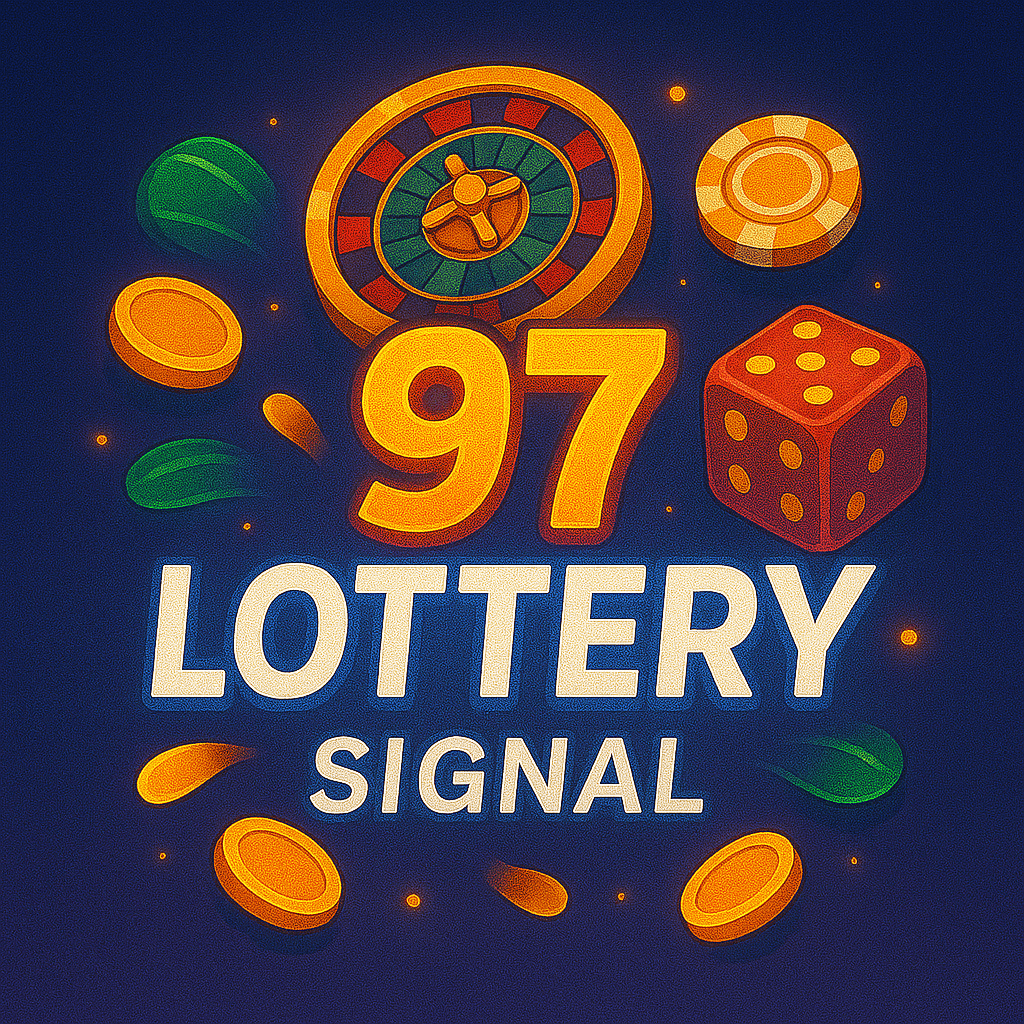97 Lottery Signal — Rule-Based Alerts, Windows & Verification
Welcome to 97 Lottery Signal. This page explains what a “signal” means here, how signals are created from written rules and verified measurements, and how to apply them responsibly. Signals are not promises; they are clear, documented observations tied to time windows, caps, and auditable identifiers.
Each signal is published after rules are defined and measurement is verified. You will see eligibility, action, observation method, window & cap, and settlement behavior—so you can check what counted and why without guesswork.

What “Signal” Means on 97 Lottery
- Rule-first: a signal exists only if the underlying rule is written and measurable.
- Transparent timing: windows, refresh cadence, and settlement timing are stated on the card.
- Verifiable: each observation is linked to identifiers and timestamps for independent checking.
- No extrapolation: signals describe what was observed under the rule; they do not guarantee outcomes elsewhere.
How to Use Signals Safely
- Read the signal card top to bottom before acting.
- Confirm eligibility, window, and any numeric cap.
- Match the action exactly as written; avoid assumptions.
- Check the tracker for posted timestamps and reason codes.
- Write a one-sentence debrief to capture what counted and what did not.
This habit prevents most misses caused by timing errors or misunderstood assumptions.
Signal Types You Will See
- Window signals: observations that become valid only within a precise time range.
- Trend signals: multi-step patterns that require consecutive confirmations.
- Anomaly signals: rare edge cases flagged with strict verification rules.
Start with window signals to master timing, then progress to trend and anomaly formats where careful reading matters most.
How to Read a Signal Card
- Eligibility: conditions that must be true before any action counts.
- Action: the exact step you must perform (with edge-case examples).
- Measurement: the specific evidence used to verify the observation.
- Window & cap: local time range and strict numeric limits.
- Settlement: when and how the observation is posted and logged.
If a step fails, the card’s reason code explains which condition was not met.
97 Lottery Signal – Signal Playbook
- Pick one signal and restate its rule in a single sentence.
- Set a short timer (15–25 minutes) and execute one step at a time.
- Use the tracker—not memory—to confirm posting and timestamps.
- Stop at the cap and record a short debrief for your next session.
This routine builds accuracy and reduces noise from over-reading short sequences.
Quality & Verification
- Reproducibility: another reader should reach the same outcome using the written rule.
- Audit trail: identifiers and timestamps are attached to each posted observation.
- Change control: if a rule changes, the card states what changed and when.
The goal is to make it easy to check the work, not to hide it.
Troubleshooting
“Didn’t count” messages
Most misses come from acting outside the window, exceeding caps, or an edge case listed on the card. Re-read assumptions and try again within the stated window.
Slow posting
Verify network stability and device time. Transparent timestamps require accurate system time to match server logs.
Layout issues
Reload the page, clear cache, and disable overlays that may block prompts. Older extensions can interfere with rendering.
Frequently Asked Questions — Signal
This single button takes you to a helpful next step for questions about timing, windows, and verification.